Today we will visit the 3rd Medieval City of Delhi. Before we start, lets know a little brief history about 3rd Medieval City of Delhi.
Tughlaq Dynasty:
Ghiyas-ud-din Tughlaq entered Alauddin Khalji's (founder of 2nd Medieval City in Delhi) service as the personal attendant of Alauddin's brother. During the 1306 Mongol invasion, Ghiyas-ud-din led the vanguard of the Khalji army, led by General Malik Kafur. Alauddin appointed Ghiyas-ud-din Tughluq as governor of Multan and then as governor of Dipalpur, both in present-day Pakistan.After Alauddin's death in 1316, the next day, Malik Kafur appointed Alauddin's younger son Shihabuddin as puppet king. However, Kafur was killed shortly thereafter and Mubarak Shah, Alauddin's eldest son, took power. In July 1320, Mubarak Shah was assassinated as a result of a conspiracy by his general Khusrau Khan, who became the ruler of Delhi.
Ghiyas-ud-din Tughlaq's forces defeated Khusrau Khan's forces in the Battle of Saraswati and Battle of Lahrawat. Khusrau Khan was captured and killed shortly afterwards. On 6 September 1320, Ghiyas-uddin Tughluq was declared the new ruler.
He built his fort at Tughlaqabad in Delhi, which is now considered as the third medieval city of Delhi.
In February 1325 in the state of Uttar Pradesh, the wooden pavilion used for his reception collapsed, killing him and his second son, Prince Mahmud Khan. Ibn Battuta claimed it was a conspiracy, hatched by his vizier. His eldest son, Muhammad bin Tughlaq, ascended the throne from February 1325.
Today our starting point is Tughlaqabad Metro Station (violet line).
Adilabad Fort
Fort
Adilabad is thought to have been built by Muhammad bin Tughluq, Ghiyasuddin’s son. Muhammad bin Tughluq was the founder of 4th Medieval City of Delhi. The date of construction is unknown, but it can be assumed that it was built after Tughlaqabad fort. Adilabad is said to have been connected to Tughlaqabad by a causeway. Now the fort is in ruins. There are security guards inside the premises. So the place is secure and you can move freely. There are two entry/exit gate, one is west side and another is east side.
Inside the Premises: I entered through west gate. It looks ruined and jungle from outside. So I thought whether I should go inside or not. Secured inside or not.
After entering through the west gate, I realized that the place is safe after seeing the security guard. I walked from west to east.
I exited through the east gate and saw another gate on the north side.
After the gate, a ramp leads down to the Tughlaqabad lake.
Visiting Time: Sunrise to Sunset.
Entry Fee: Free.
Photography: Allowed.
How to go: From Tughlaqabad Metro Station (Violet Line), I walked south and then turned right (west) onto the road, which leads to Tughlaqabad. Continuing a few meters west, I reached a bus stop from where I boarded a bus. 10 Rupees and takes 10 minutes to reach Tughlaqabad bus stop.
You will see mountains on the right side. Which is Tughlaqabad Fort. From the bus stop I headed back east along the main road until I see a park gate on my right.
I entered the gate and walked to the south. I saw an amphitheater in the park.
Continue walking towards south, I saw Tughlaqabad Lake, which was then dry. You can see Adilabad Fort on top of a hill from here.
Tughlaqabad Fort
Ruined Fort
Tughluqabad Fort is a ruined fort built by Ghiyasuddin Tughluq in 1321-1323, which was later abandoned in 1327.
Ghiyasuddin served as governor during the reign of Alauddin Khalji of Khalji Dynasty, the founder of the second medieval city of Delhi. It is said that once while visiting with Alauddin Khalji, Ghiyasuddin advised him to build a fort on this hill. The king jokingly told Ghiyasuddin to build the fort himself when he became king.
On September 6, 1320, Ghiyas-ud-Din Tughlaq was proclaimed the new ruler and he immediately began building the fabled city he had dreamed of.
It is said that Ghiyasuddin, for his dream fort, issued an order that all laborers in Delhi must work on his fort. Some laborers also had to work for the fort, stopping the construction of a baoli (well) by the Sufi saint Nizamuddin Auliya. Saint Nizamuddin got angry at the stoppage of Baoli work, so cursed him. People began to believe that the fort was abandoned because of that curse.
To the south of the Tughlaqabad fort outside was a huge artificial reservoir. Ghiyath al-Din Tughluq's tomb is connected to the fort by a raised causeway that still stands today. The causeway is now divided by the main road.
It is estimated that the city once had 52 gates of which only 13 remain today. The city had seven rainwater tanks.
Tughluqabad is divided into three parts east of the present entrance.
1. A rectangular area with high walls and bastions served as a citadel. Inside the citadel are the remains of several halls with a tower called the Bijai-Mandal and a long underground passage.
2. An extensive area immediately to the west of the citadel similarly housed palaces enclosed by rubble walls and bastions.
3. Beyond this to the north, the city is now marked by the remains of houses. The streets of the city, some of which are still undiscovered, run in a grid pattern from gates on one side to gates on the opposite side.
An increasing part of the former city area has been occupied by modern settlements, especially around its lake.
Inside the Premises: Entering through the gate, I reached the first rectangular area where Meena Bazaar, mosque, remnants of houses, Bijai-Mandal, secret passage, baoli were located once upon a time. I looked to the right for an entrance, which led to a gate to the north.
I saw an underground area in front of me. There is a mosque structure there.
I walked to the left (west), where the Tughlakabad Baoli is located at the end of this road. It is a palace area.
Forest area from west side of Baoli, so walked back to the entrance from where I walked to Baoli. Then I walked north along the east side road.
After entering, two ways were seen. A straight iron gate, which was locked. Renovation work is still going on behind the gate.
I walked on the right (east) street. After a few meters I saw a tower some distance to my left.
I continued walking towards the east and saw a Jame Masjid on the left.
I continued walking east again and I saw a tower that I could climb up. So I follow the path to the tower.
On the way I saw an underground passage on the right side. I will go there later. I continued walking towards the tower.
I am King of the world...
Then I went to the underground passage. You can go inside the passage and come out the other side.
Visiting Time: 7 AM to 5 PM every day.
Entry Fee: 25 Rupees (US$ 0.30) for Indian and 300 Rupees (US$ 3.66) for foreigner. Free for child age 0-15. Keep the ticket safe, as it is required to enter the tomb.
Photography: Allowed. Video - 25 Rupees (US$ 0.30) per video.
How to go: It is located about 500 meters west from the park gate.
Ghiyasuddin Tughlaq's Tomb
Tomb
On 6 September 1320, Ghiyas-ud-Din Tughluq, the founder of the Tughluq dynasty, was declared the new ruler. He built his fort at Tughlaqabad, which is now considered as the third medieval city of Delhi.
He decided to build a mausoleum for himself at Tughluqabad. To the south of the Tughlaqabad fort was a huge artificial reservoir outside. The mausoleum built on the reservoir was connected to the fort by a raised causeway which still stands today. The causeway is now divided by the main road.
The architectural style of the mausoleum is inspired by the Alai Darwaza, built by Alauddin Khalji in the Qutub Minar complex.
However, it is not clear whether the tomb was completed by Ghiyasuddin before his death or by his son Muhammad bin Tughlaq after his death.
In February 1325 in the state of Uttar Pradesh, the wooden pavilion used for his reception collapsed, killing him and his second son, Prince Mahmud Khan.
It is said that the saint Nizamuddin Auliya cursed Ghiyasuddin before his death "Hunuz Dilli door ast". Its Hindi meaning "Delhi abhi dur hai" (Delhi is still far away). Nowadays this Hindi phrase has become popular among people, who don't even know the origin of the phrase.
However, Some said that, it was a conspiracy of Nizamuddin Auliya for Ghiyasuddin's death, and some said Muhammad bin Tughluq was responsible.
His eldest son, Muhammad bin Tughlaq, ascended the throne from February 1325.
There are three graves in the tomb. The central tomb is believed to belong to Ghiyas-ud-din Tughlaq, the other two are those of his son, Muhammad bin Tughlaq, and his wife, Makhdum-i-Jahan.
Another tomb in the north-east bastion of the fortified mausoleum is that of Alauddin Khalji's loyal general Zafar Khan. Zafar Khan died in 1299 and the tomb was built by Sultan Ghiyasuddin Tughluq. This is the first structure of this complex. It is believed that its location gave the Sultan the idea to build an enclosure and place his own tomb. An arched opening gives access to the tomb.
There is an open pavilion. Inside, small rooms have arched entrances. One of these, to the left of the open pavilion, contains a small grave of Ghiyasuddin Tughluq's favorite dog. Some rooms along the walls also open to underground passages, which are now closed with iron grill gates.
Visiting Time: 7 AM to 5 PM every day.
Entry Fee: You can visit the tomb on the same ticket as the Tughlaqabad fort.
Photography: Allowed. Video - 25 Rupees (US$ 0.30) per video.
How to go: It is located southeast of Tughlaqabad Fort.
* You may also visit Karni Singh Shooting Range, Entry Fee: 100 Rupees (US$ 1.23). Asola Bhatti Wildlife Sanctuary, which is located south of Karni Singh Shooting Range and the border of Faridabad.
* Today, now we will not visit any medieval city. Hence we will return to Tughlakabad Metro Station by bus in the same route from Tughlakabad Bus Station. Then by metro we will go to Kalkaji Mandir metro station (interchange violet and magenta line).
Kalka Ji Mandir
Hindu Temple
The temple is dedicated to the Hindu Goddess Kali.
The oldest parts of the present building are believed to have been built after 1764 AD, with additions made in 1816. In the second half of the 20th century, a significant number of Dharamshalas were built around the temple.
According to a Hindu legend, Goddess Kalika appeared in the place where the temple is located.
It is believed that "millions of years ago, the gods living in the vicinity of the present temple were disturbed by two demons and complained to Lord Brahma, the 'God of all'. Lord Brahma referred them to Goddess Parvati. Goddess Kausaki appeared from the mouth of Maa Parvati, who attacked the two giants and killed them. But it happened that thousands of giants came into life when their blood fell on the dry ground. Then Kali came out from Goddess Kausaki's eyebrow. Goddess Kali, 'whose lower lip rested on the mountain below and upper lip touched the sky above. She drank the blood of the slaughtered giants as it poured from their wounds, and the goddess gained complete victory over their enemies. Maa Kali then fixed her abode here and she was worshiped as the main deity of this place."
Visiting Time: Monday to Friday - 4 AM to 11:30 PM. Saturday - 4 AM to 11:45 PM. Sunday - 6:30 AM to 11:30 PM.
How to go: Nearest Metro Station is Kakaji Mandir (interchange station between Violet Line and Magenta Line).
Lotus Temple
Baha'i Faith Temple
It was built on 13 November 1986 as a Baha'i House of Worship. The building is composed of 27 free-standing marble-clad "petals" arranged in three clusters to form nine sides, with nine doors opening onto a central hall with a height of just over 34 meters and a capacity of 1,300 people.
The Bahá'í Faith is a religion that teaches the essential value of all religions and the unity of all people. Founded by Baha'u'llah (1817-1892), it initially developed in Iran and parts of the Middle East. An estimated 5 to 8 million followers, known as Baha'is, are spread throughout the world.
The Bahá'í Faith has three central figures: the Báb (1819–1850), executed for heresy, who taught that a prophet like Jesus and Muhammad would soon appear; Baha'u'llah (1817-1892), who claimed to be that prophet in 1863 and endured both exile and imprisonment; and his son, 'Abdu'l-Bahá (1844–1921), who, after his release from imprisonment in 1908, made a teaching tour of Europe and the United States.
Visiting Time: Tuesday to Sunday - 8 AM to 5 PM. Monday remains closed. Lotus Temple is open to all religions.
Entry Fee: Free.
Photography: Allowed except inside the temple, though there is nothing inside.
How to go: It is located north of Kalka Ji Temple. Nearest Metro Station is Nehru Place Metro Station (violet line) or Kalkaji Mandir metro station (interchange of violet and magenta line).
ISKCON Temple
Hindu Temple
International Society for Krishna Consciousness known as the ISKCON temple, is a well known Vaishnav temple of Lord Krishna and goddess Radha. The Temple was inaugurated on 5 April, 1998.
The temple complex houses the Glory of India Vedic Cultural Centre, which holds the 'Astounding Bhagavad Gita', which is the largest printed book of the major text of any world religion. The book was printed in Italy, weighs 800 kg and measures over 2.8 meters, was unveiled on 26 February, 2019.
Visiting Time: 9 AM to 1 PM. 4 PM to 9 PM.
Entry Fee: Free.
Photography: Allowed except inside the temple.
How to go: It is located northwest of Lotus Temple. Nearest Metro Station is Nehru Place Metro Station (violet line) or Kalkaji Mandir (interchange violet and magenta line).
Hope this post will help you. Write your comment below and please share it with your friends.
You May Also Like
Travel Delhi: Day-1
Travel Delhi: Day-2
Travel Delhi: Day-3
Travel Delhi: Day-4 (You are here)
Travel Delhi: Day-5
Travel Delhi: Day-6
Travel Delhi: Day-7
Travel Delhi: Day-8
Travel Delhi: Day-9
Travel Delhi: Day-10
Travel Delhi: Day-11
Travel Delhi: Day-12
Travel Delhi: Day-13
Travel Delhi: Day-14
Travel Delhi: Day-15
Travel Delhi: Day-16
Travel Delhi: Miscellaneous
Click below to go

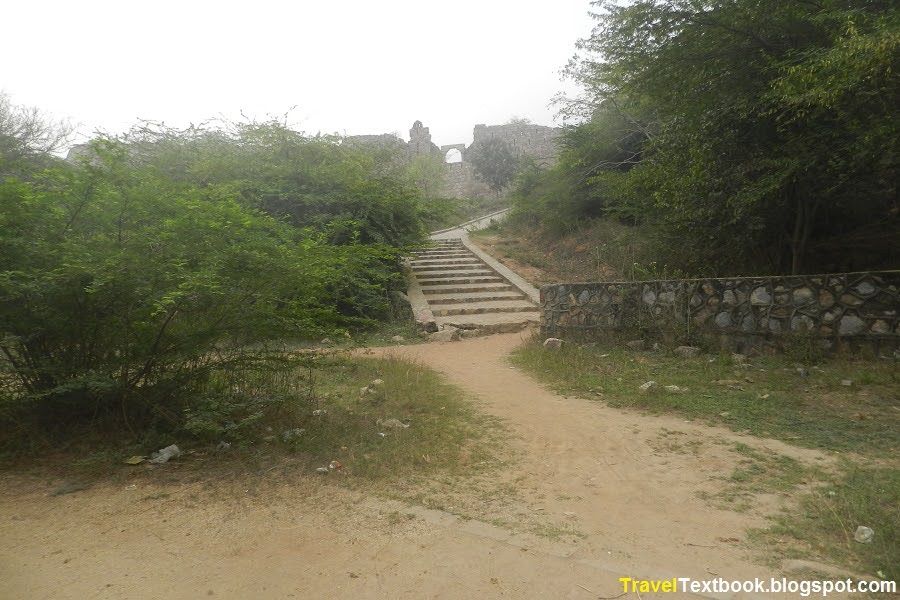

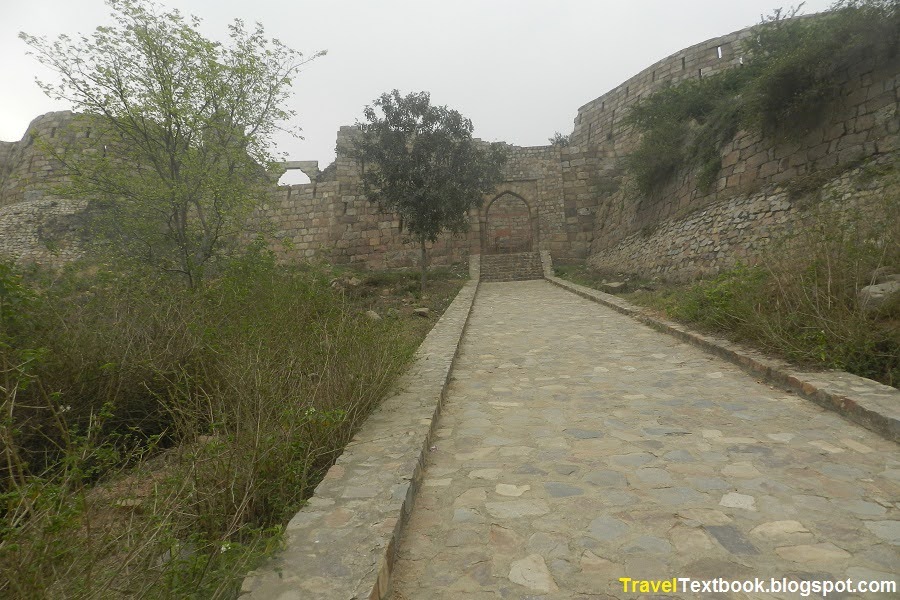
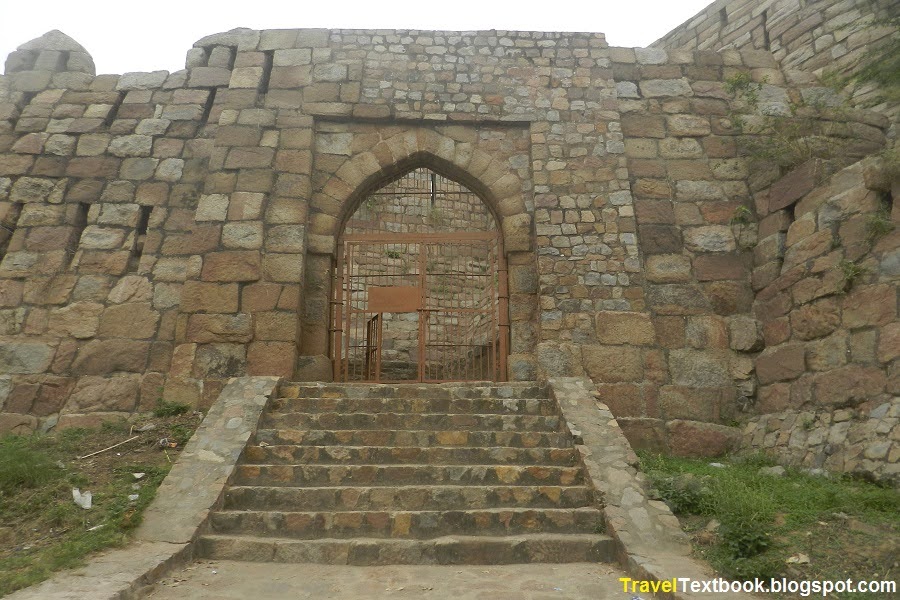
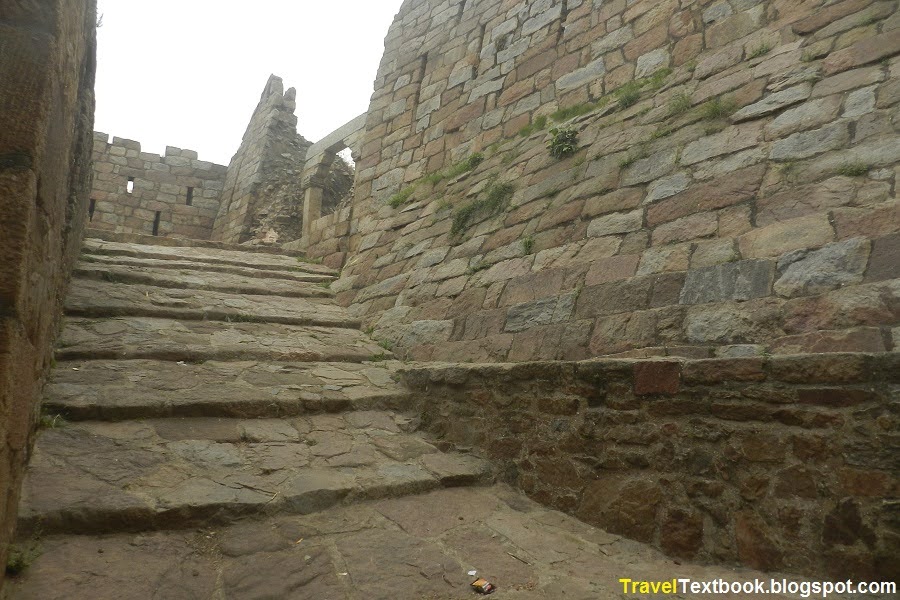
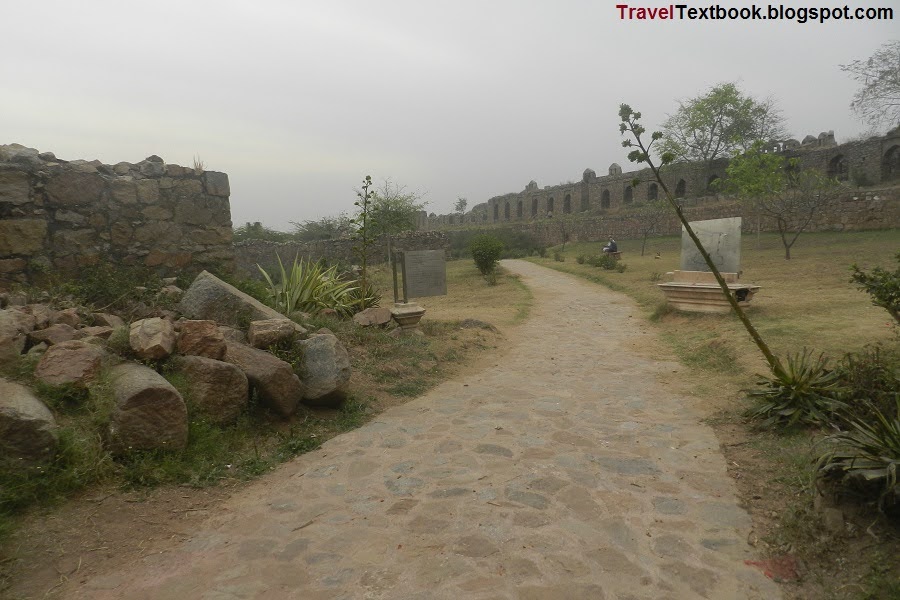
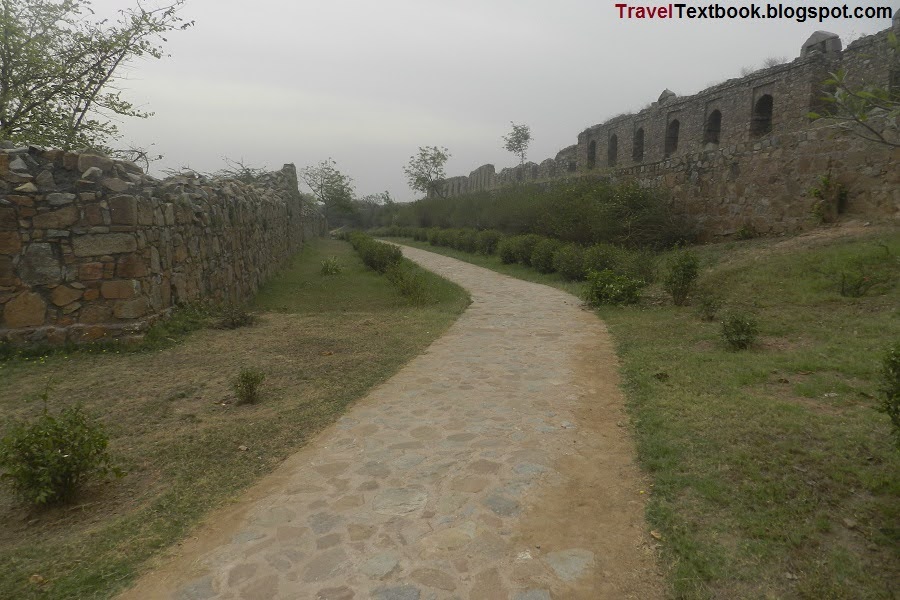
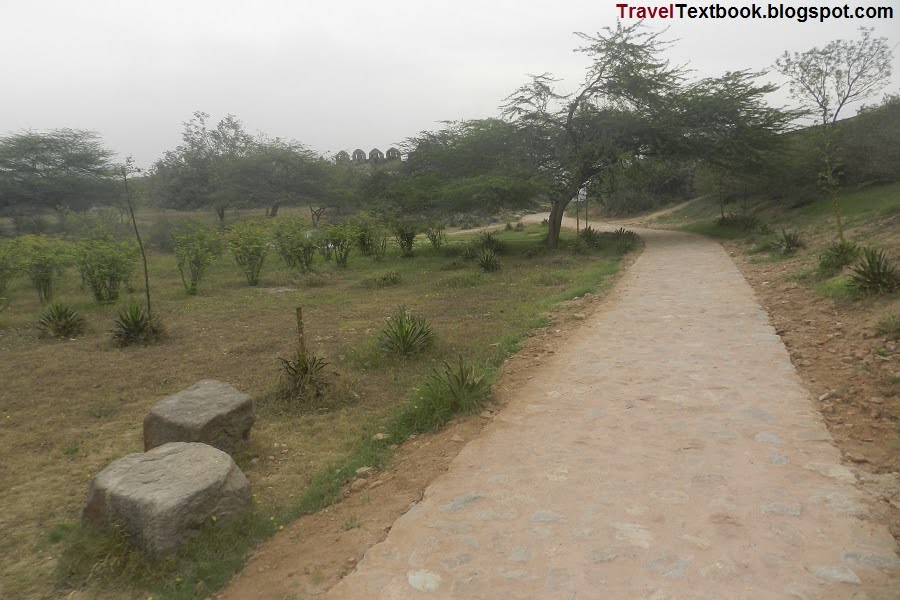
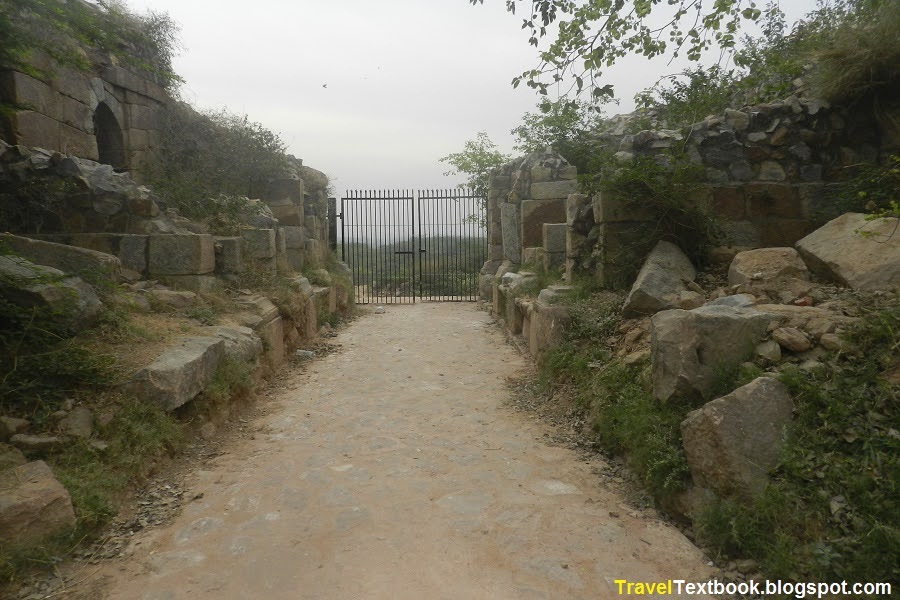

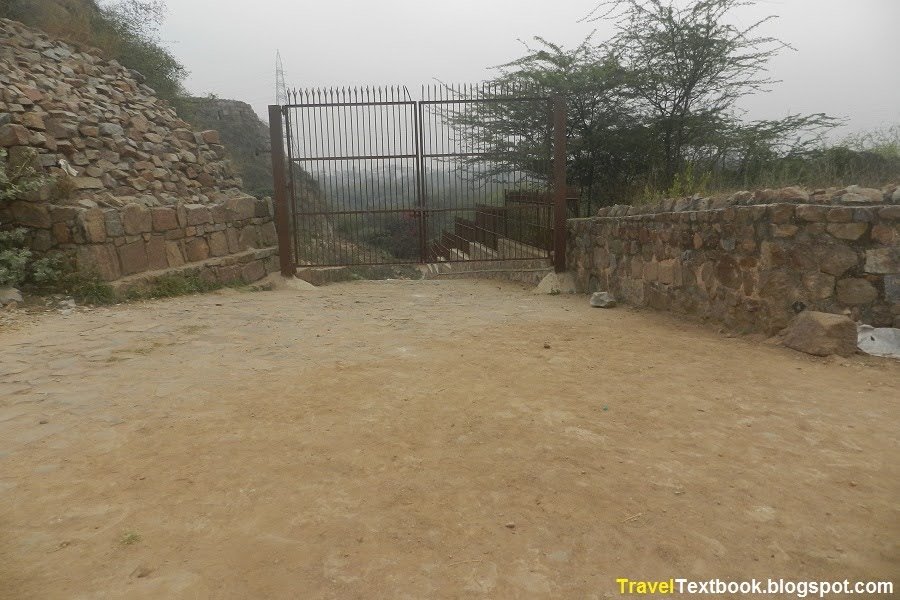
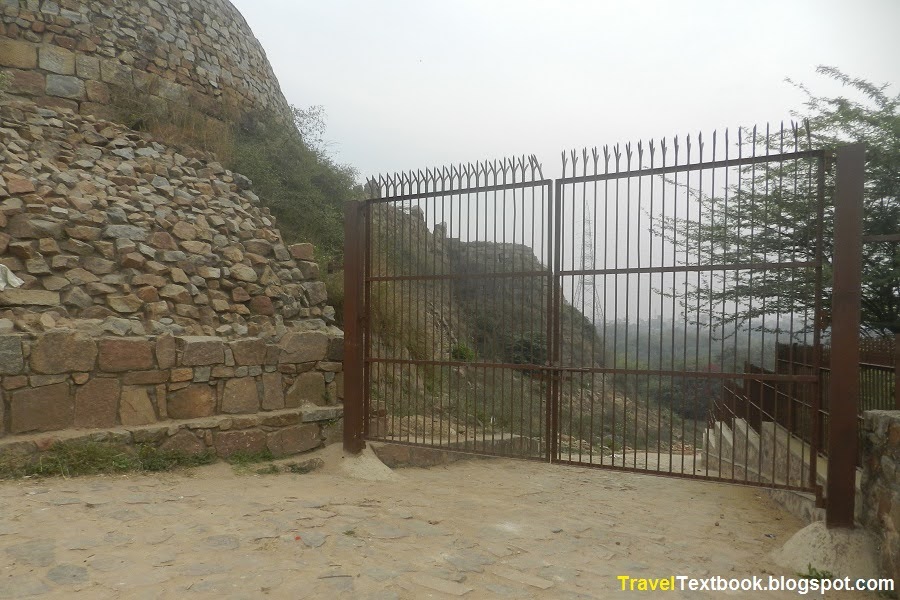
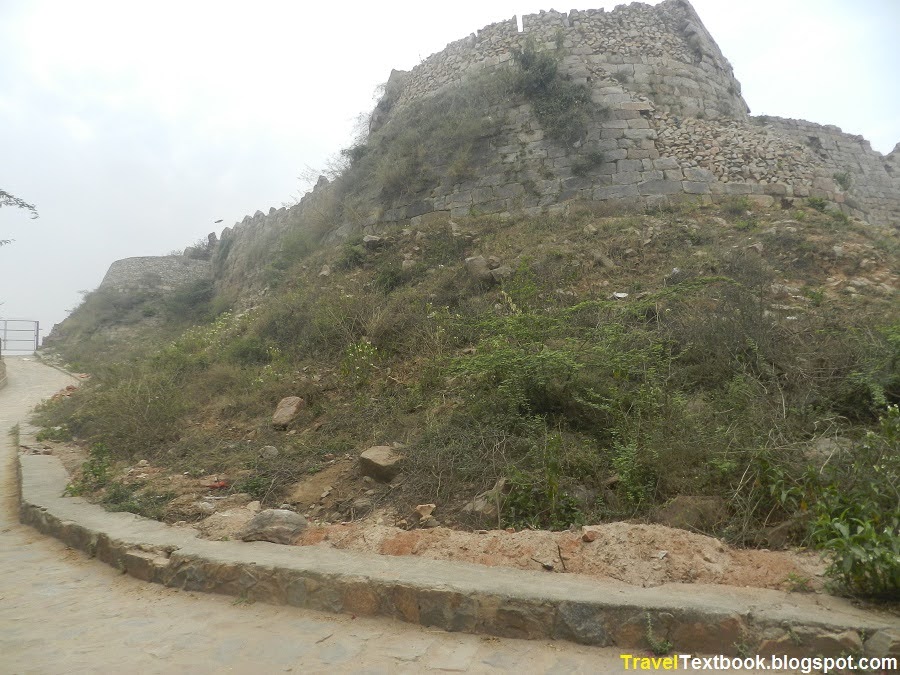
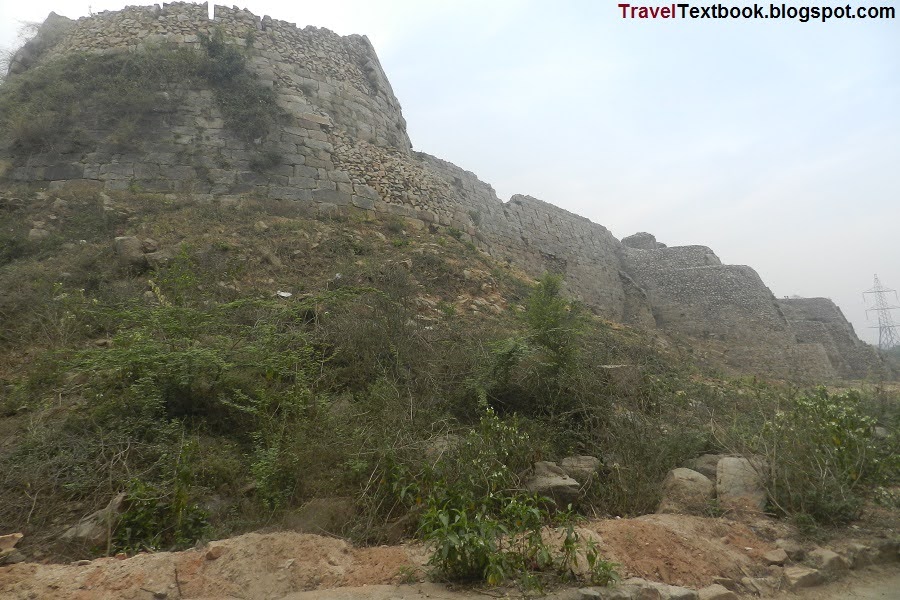
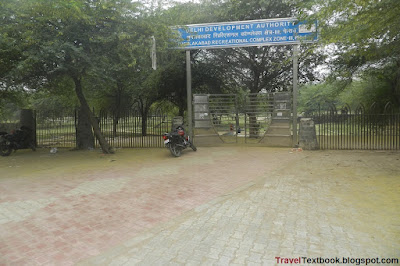
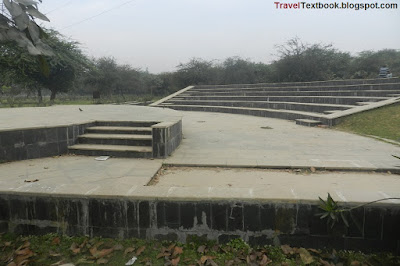
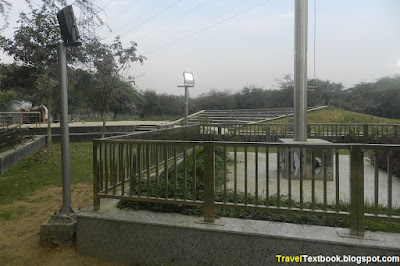

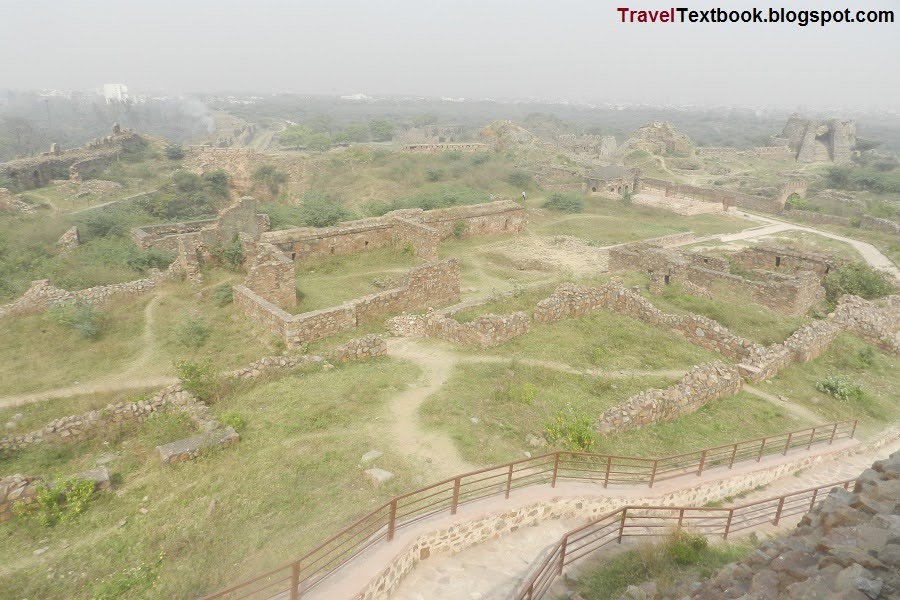

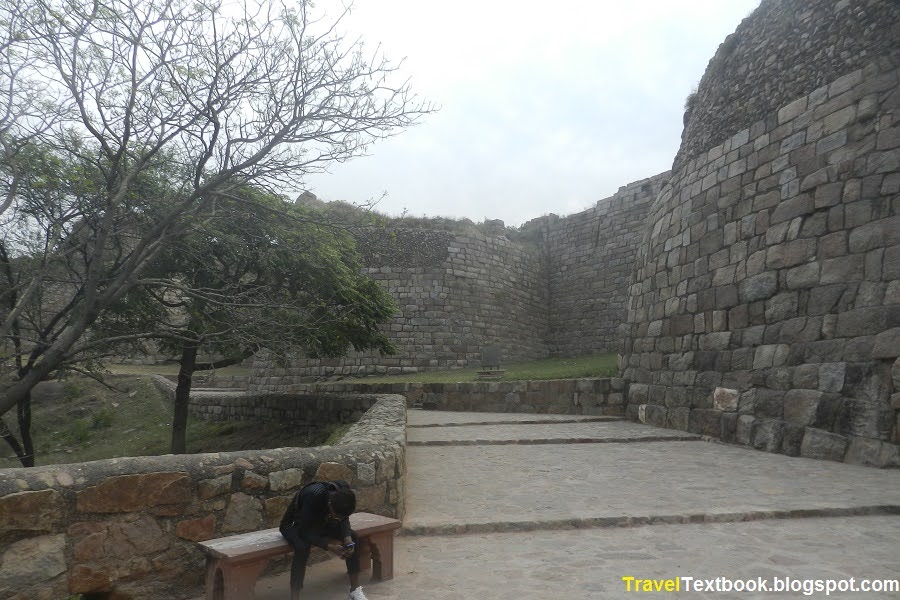
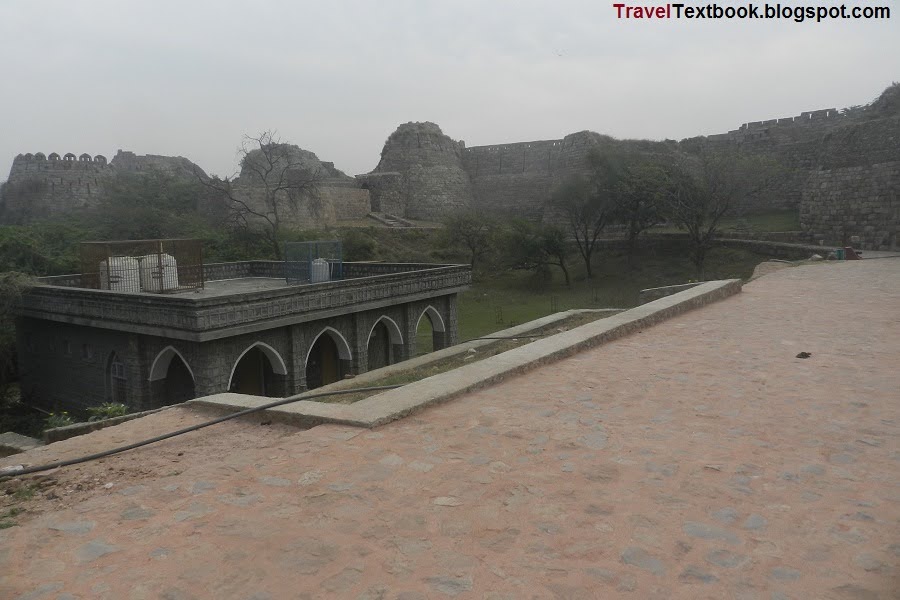

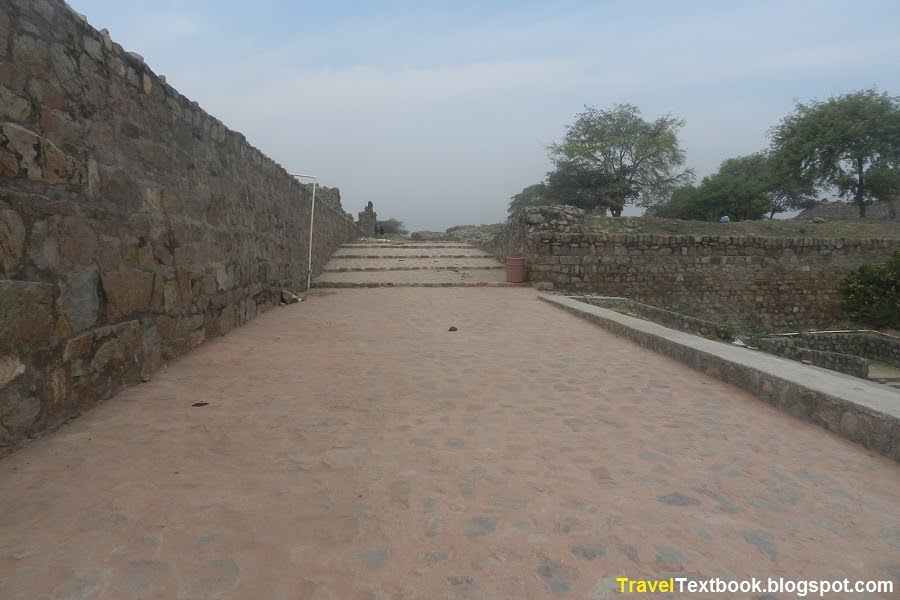
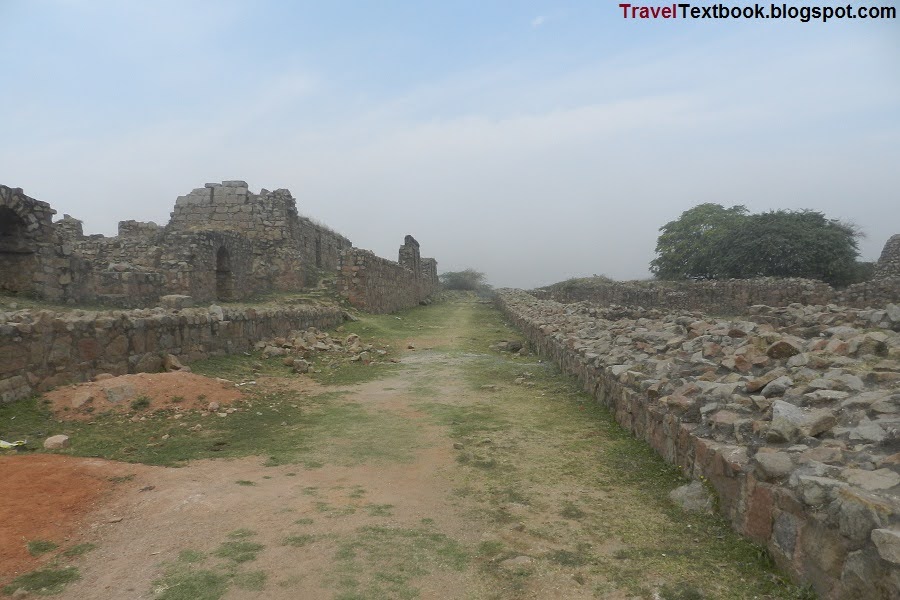

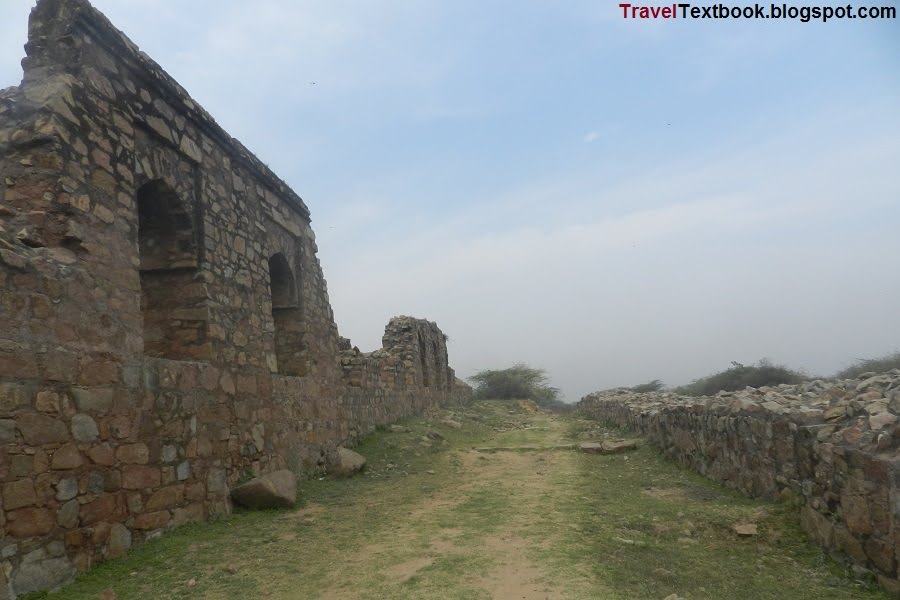
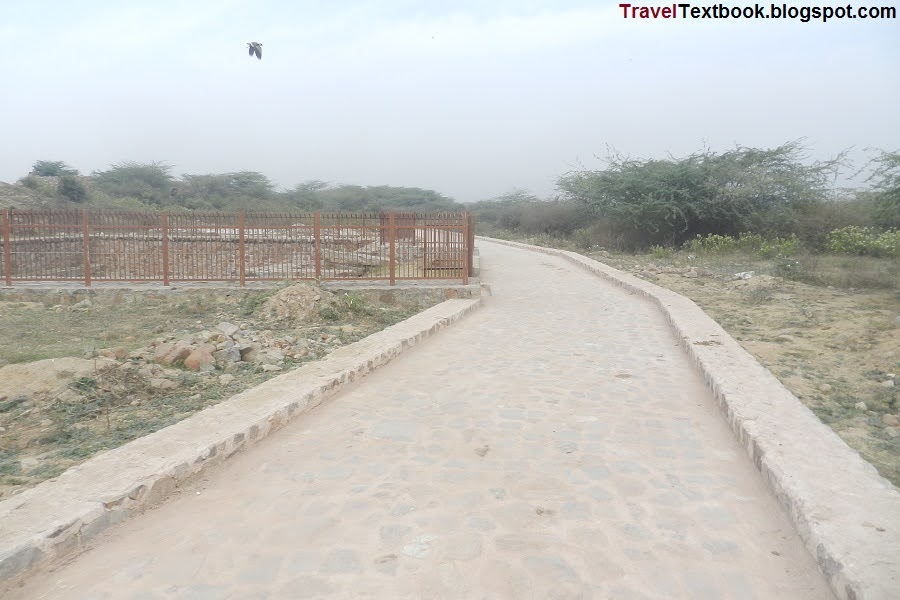


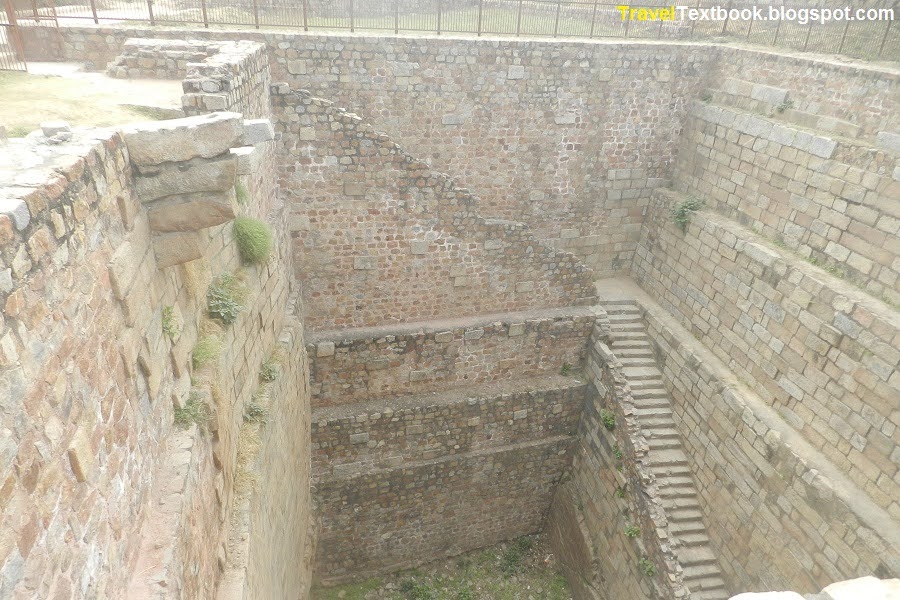
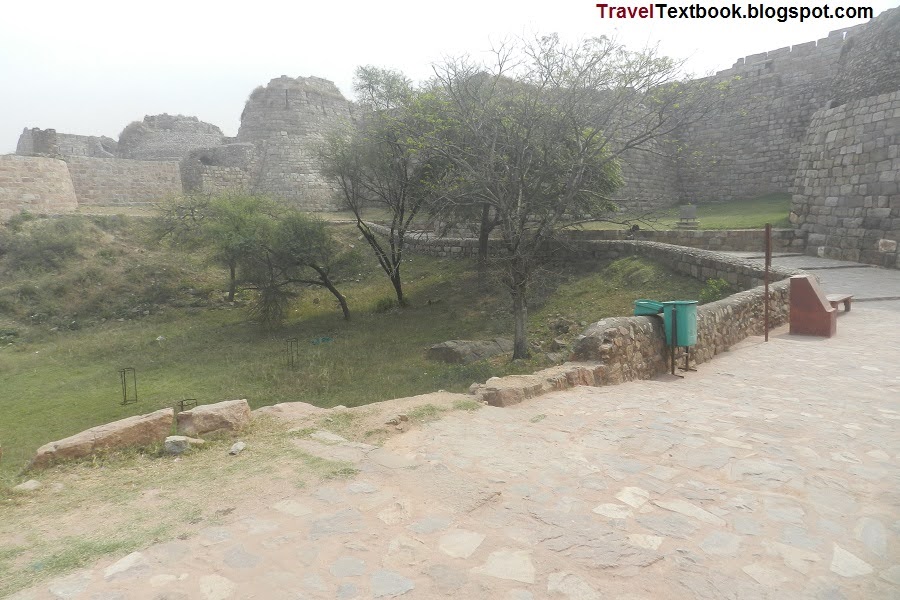
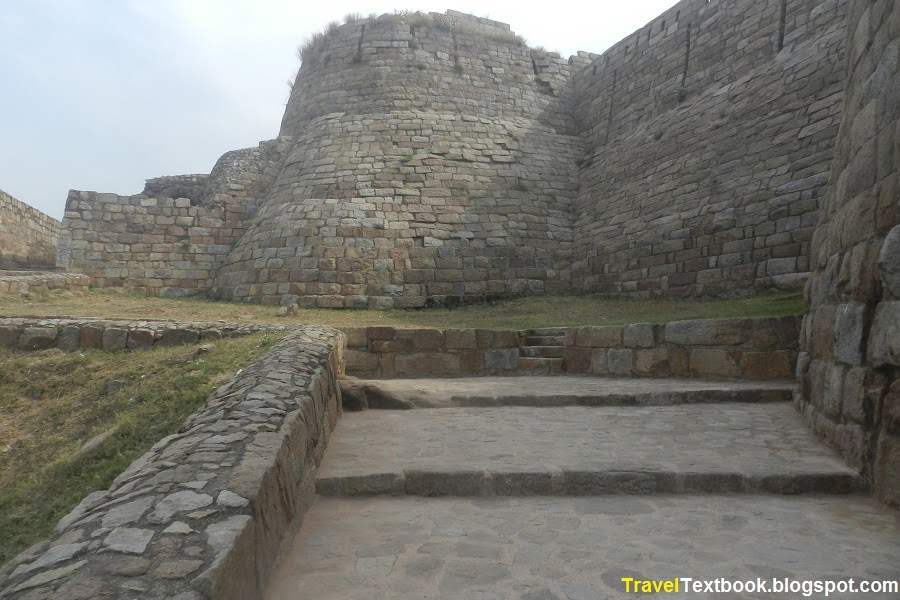
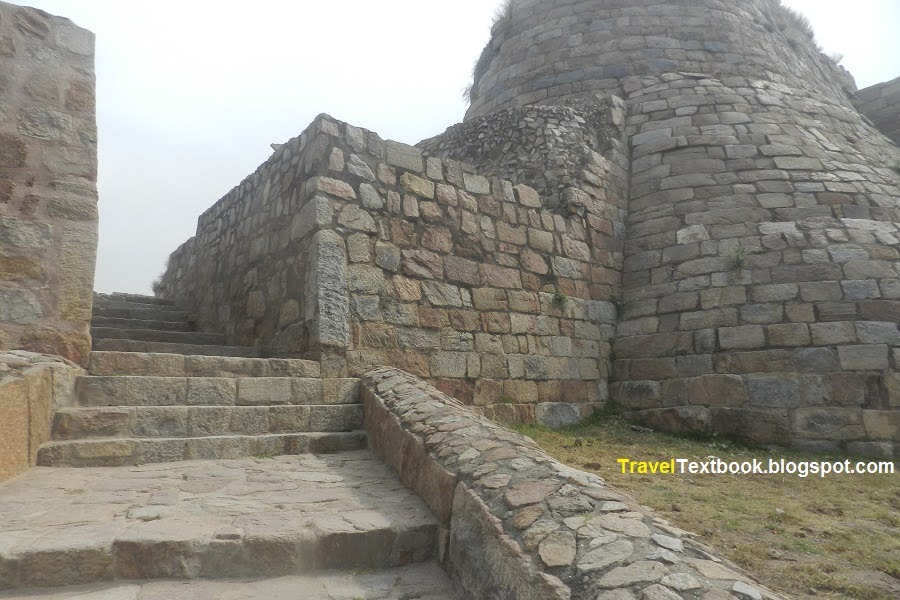
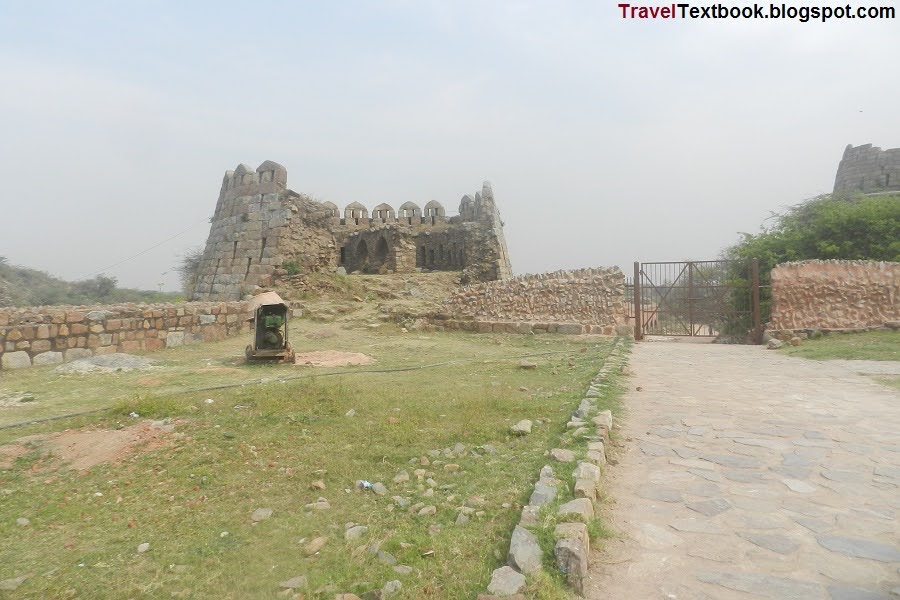
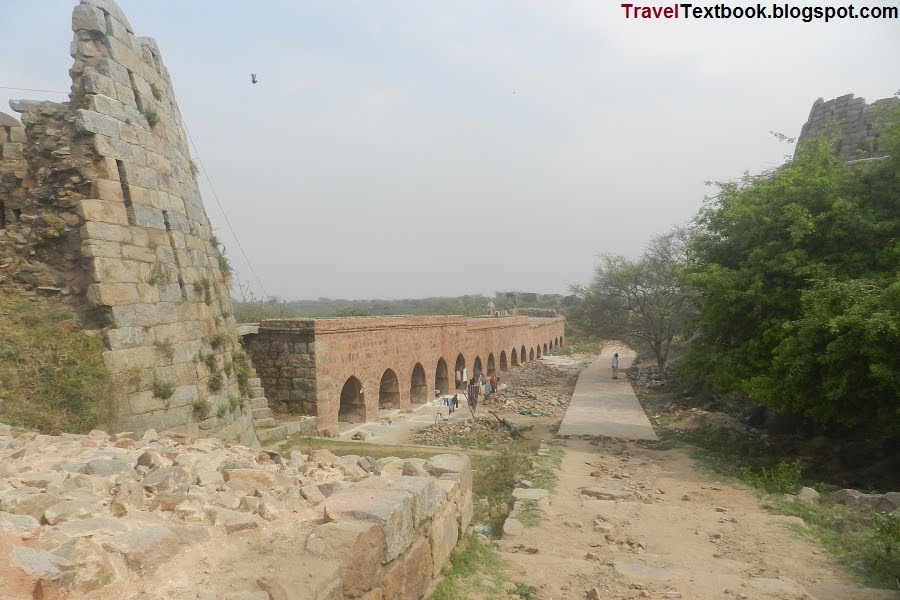
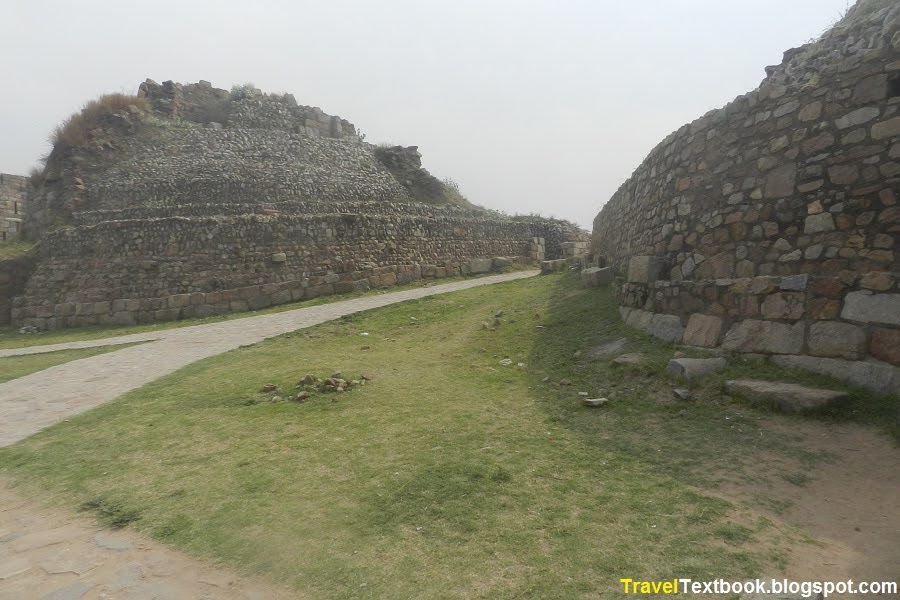

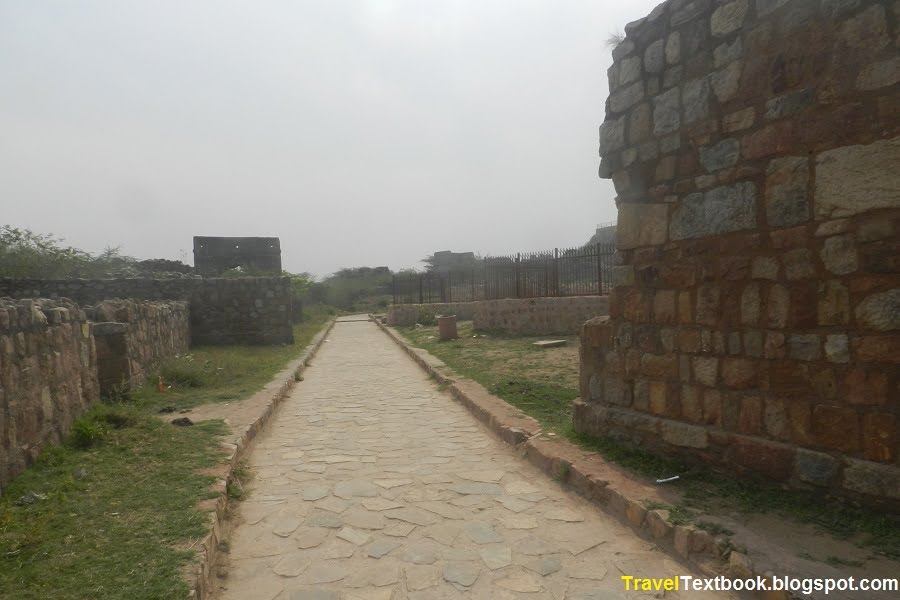
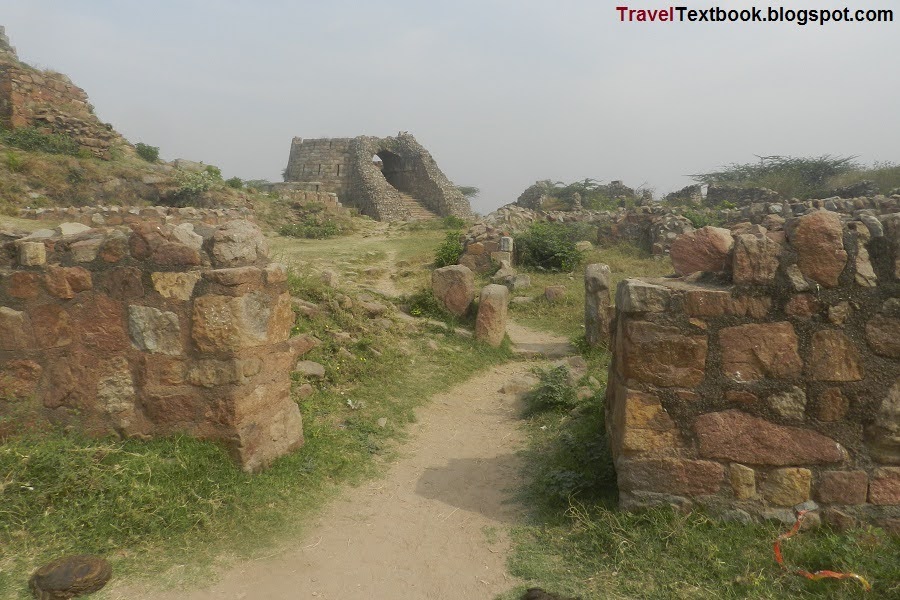
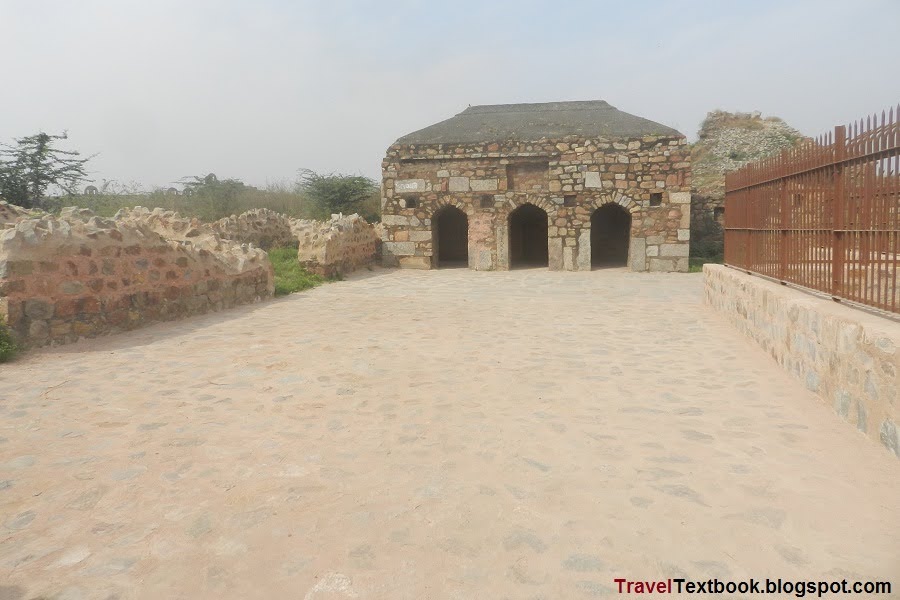
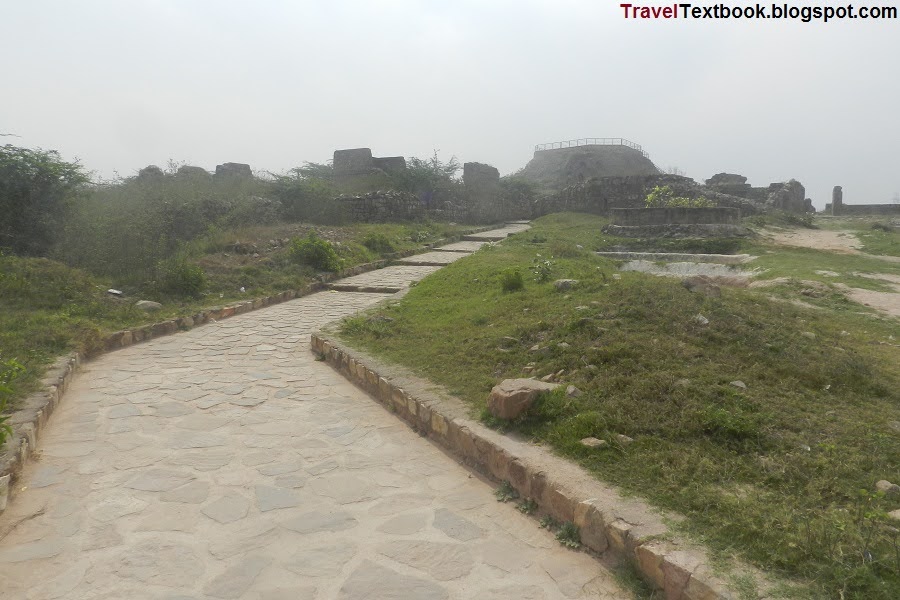

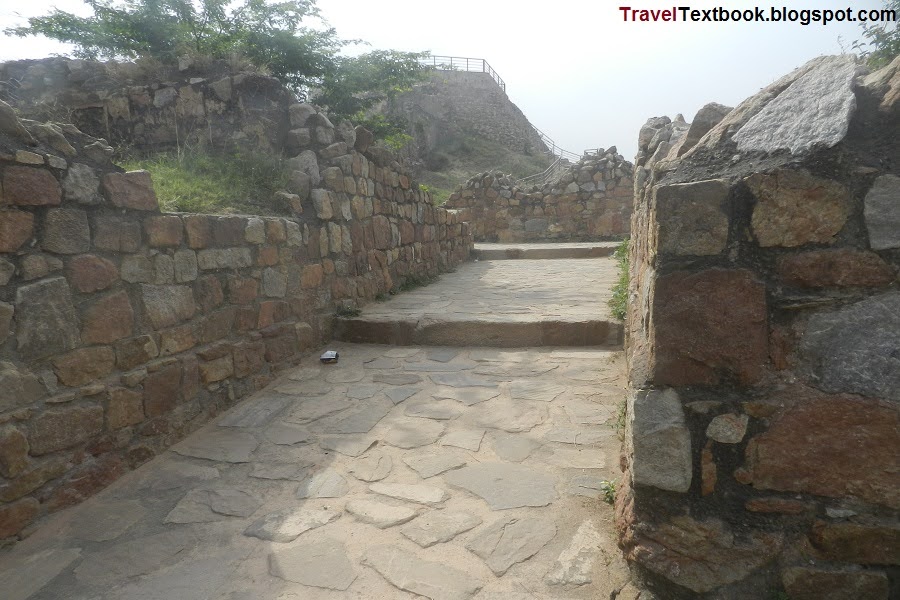
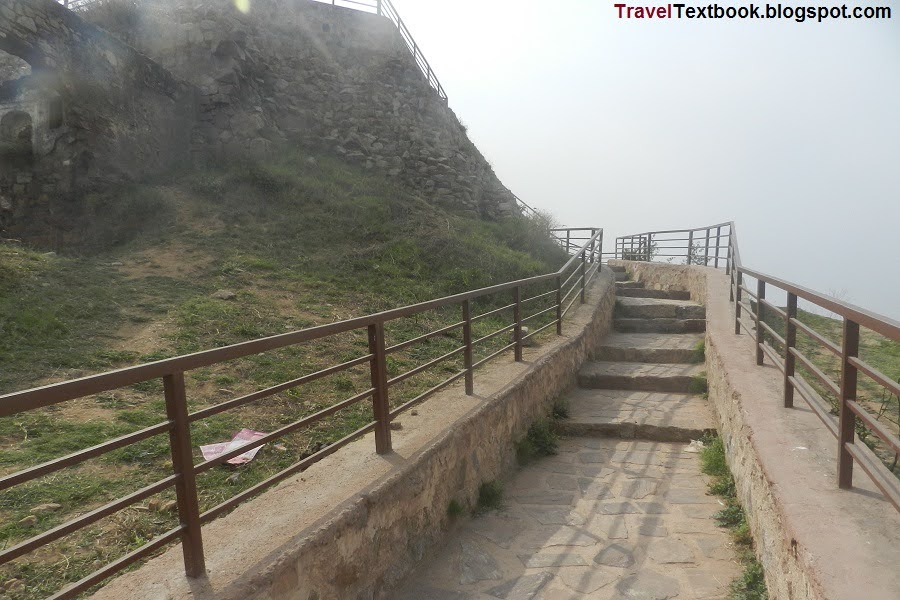
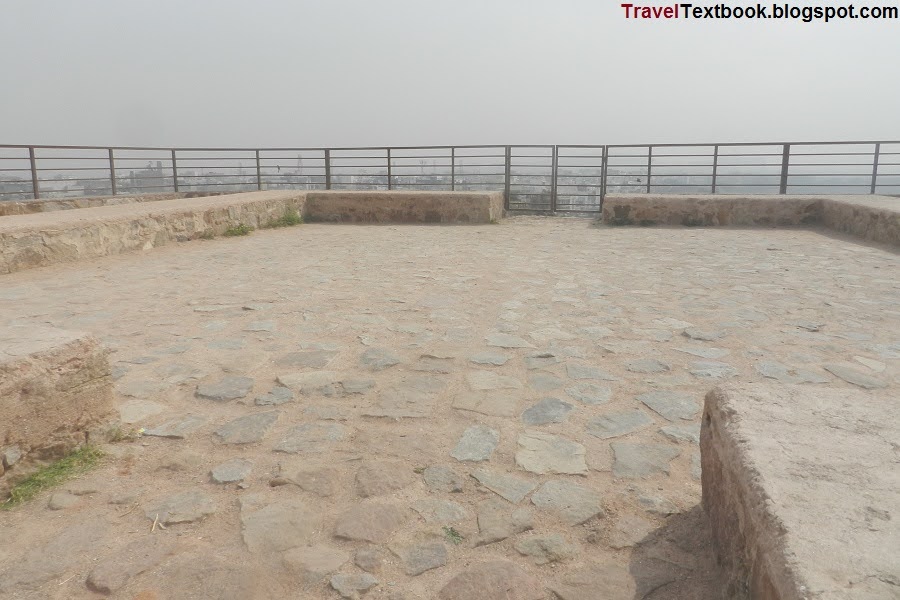
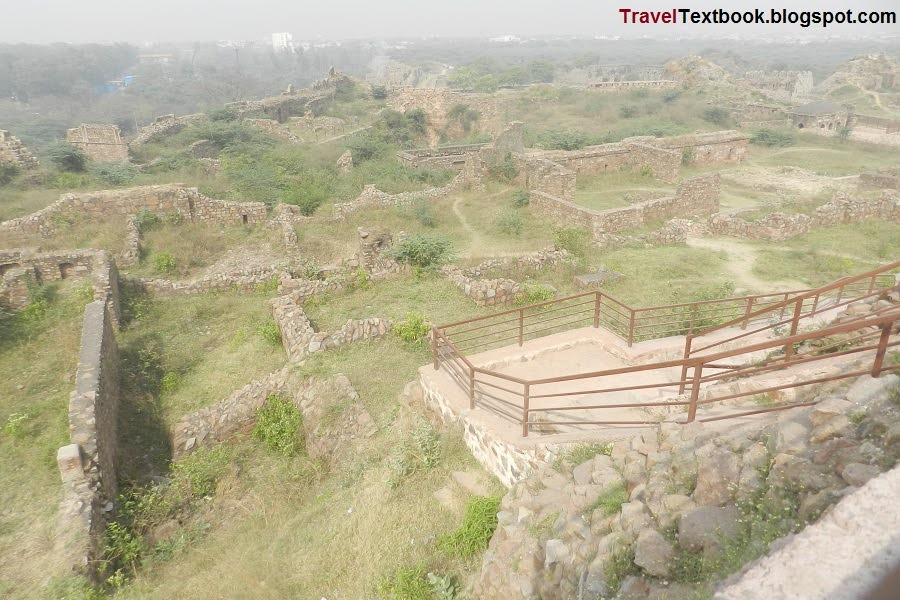
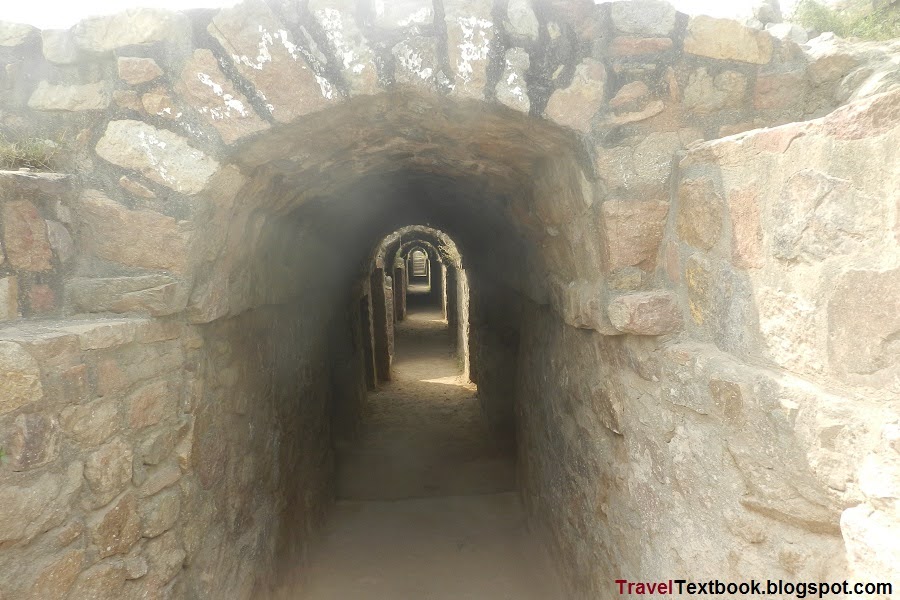

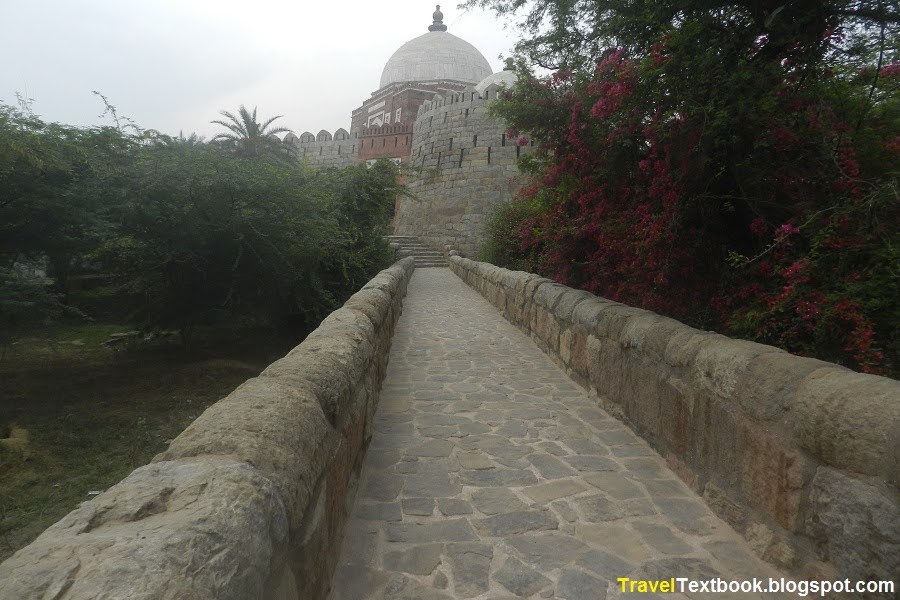
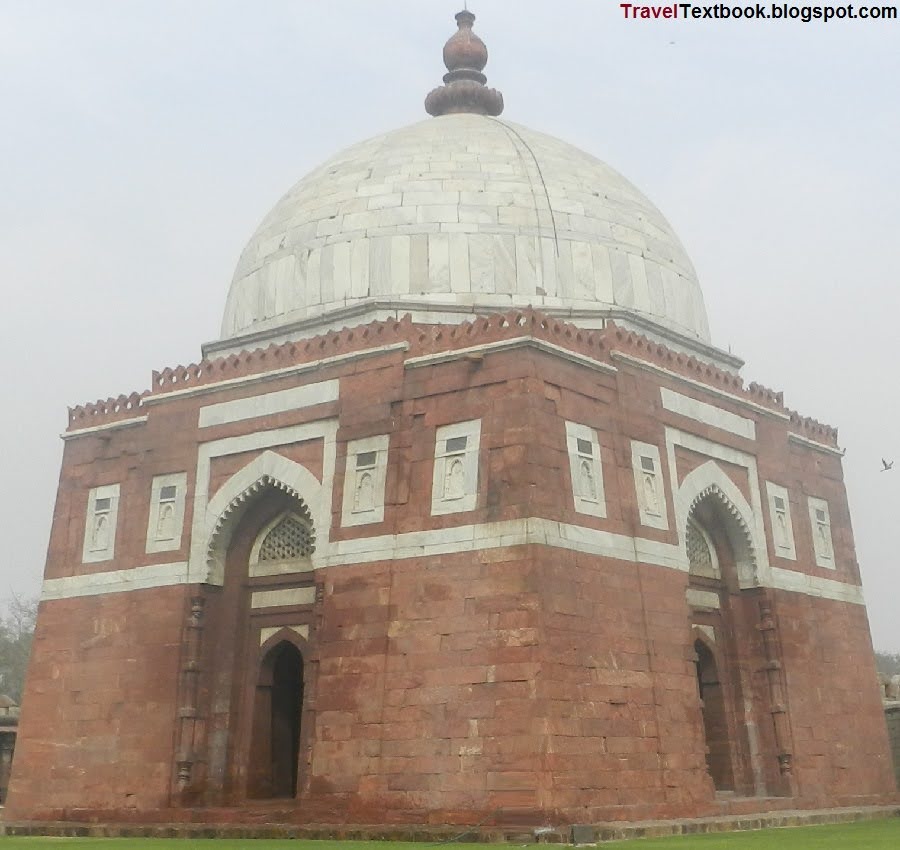
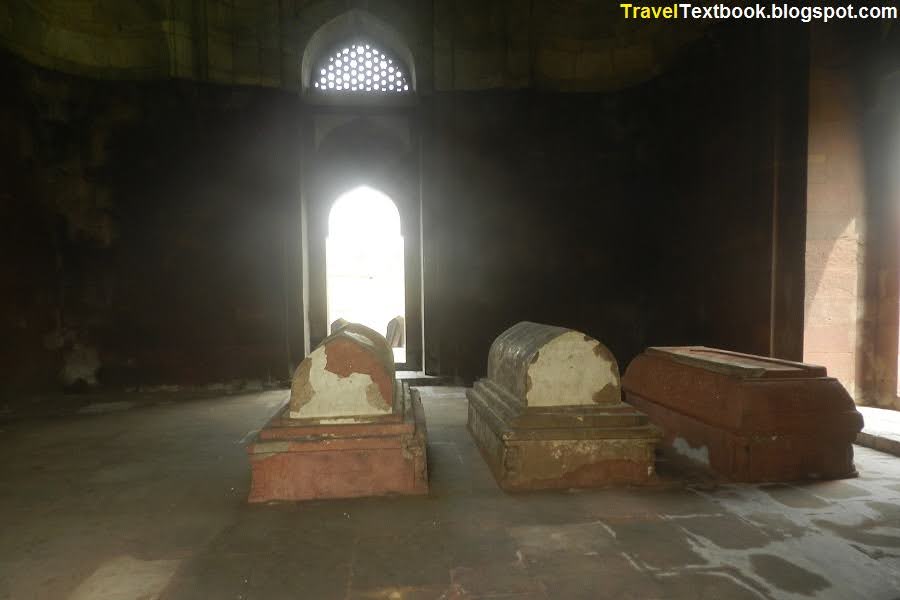



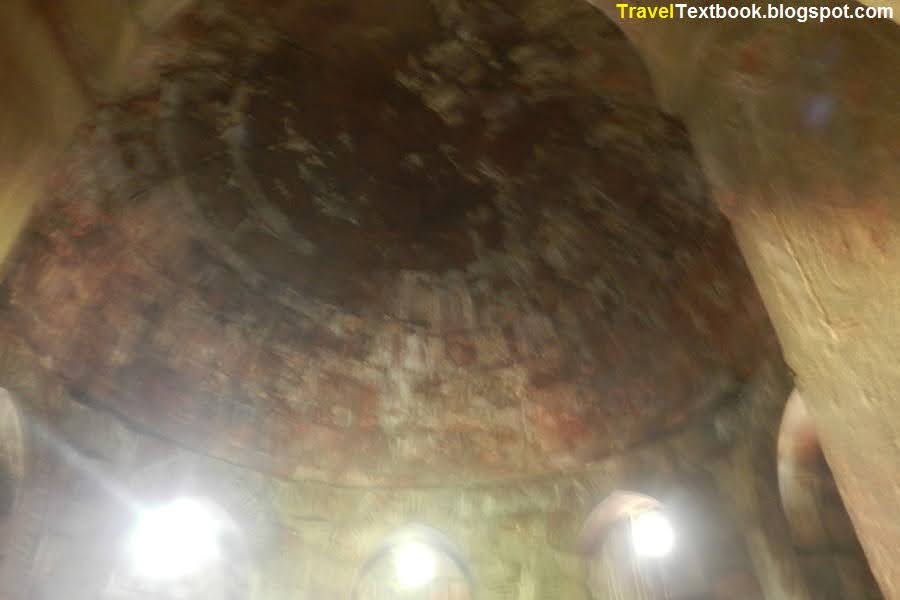

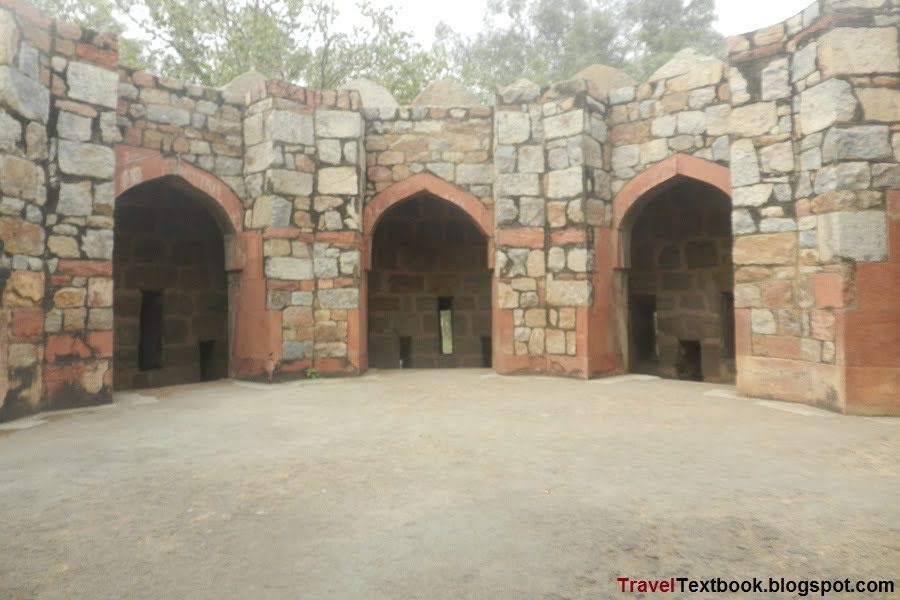
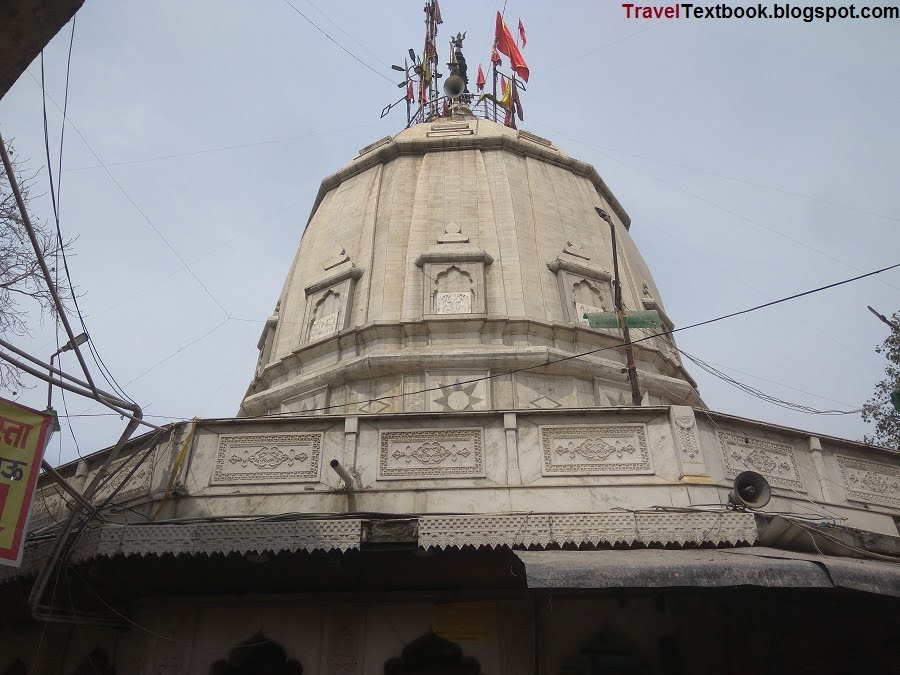
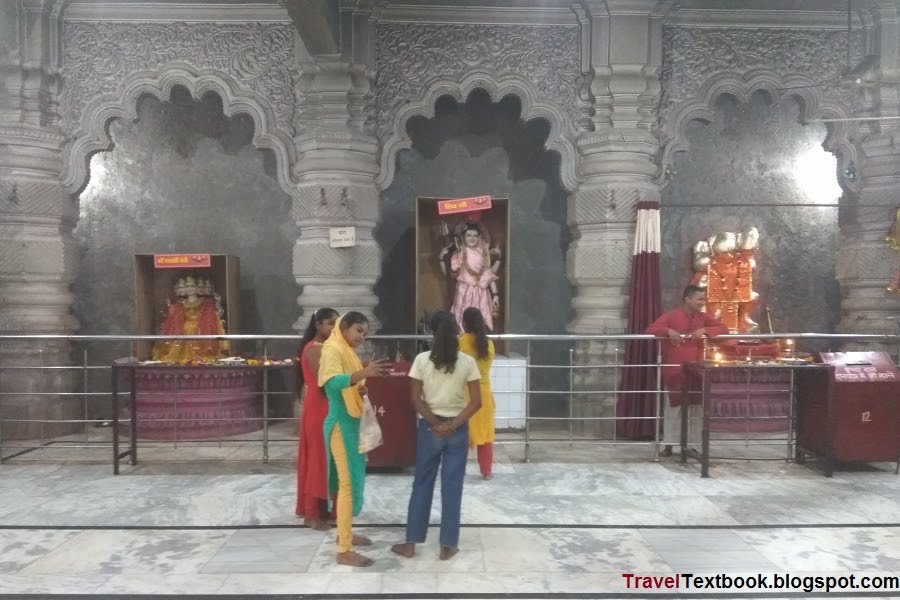
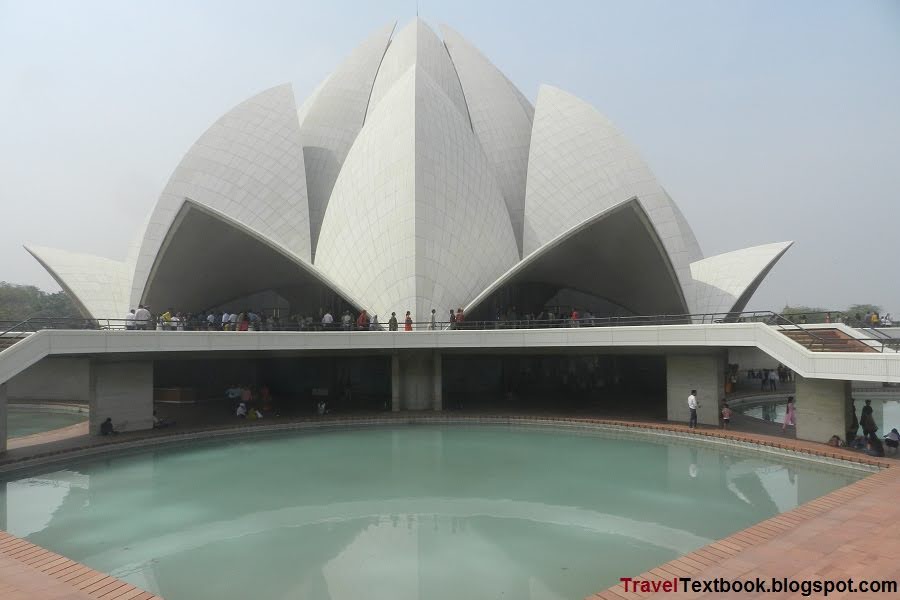
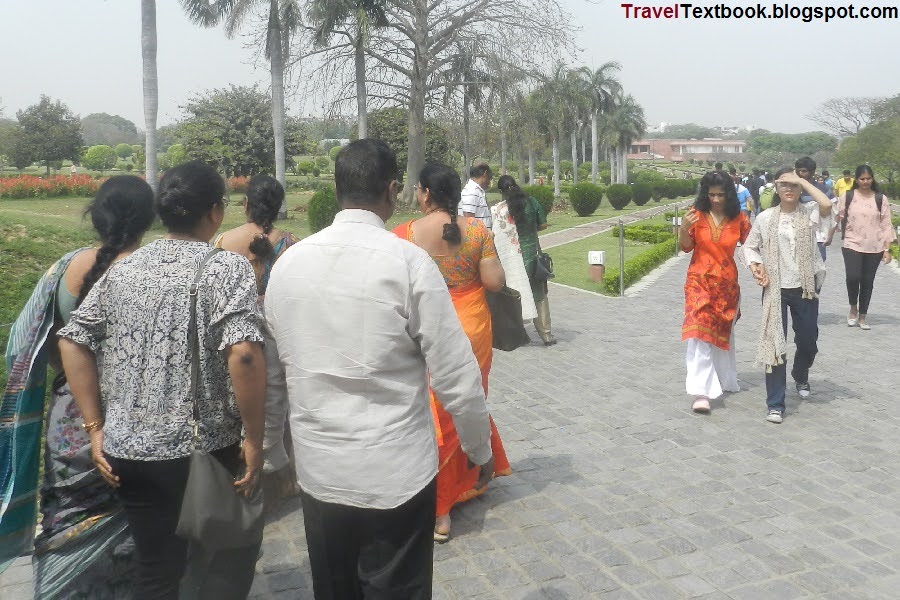
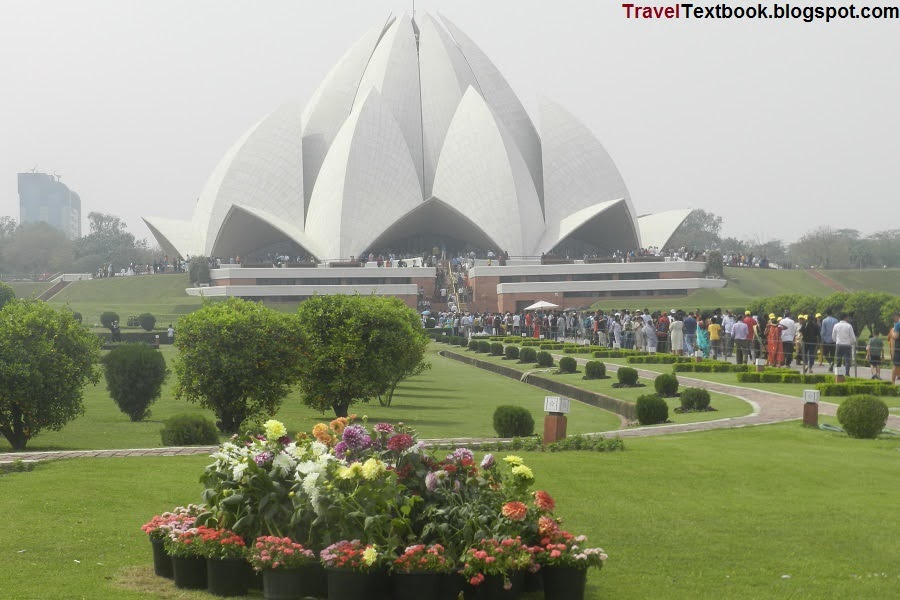
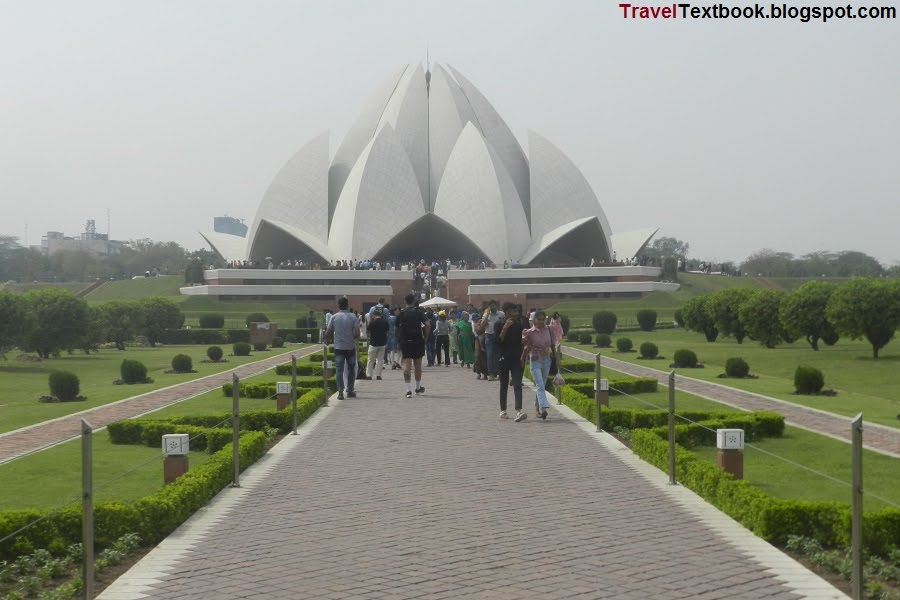

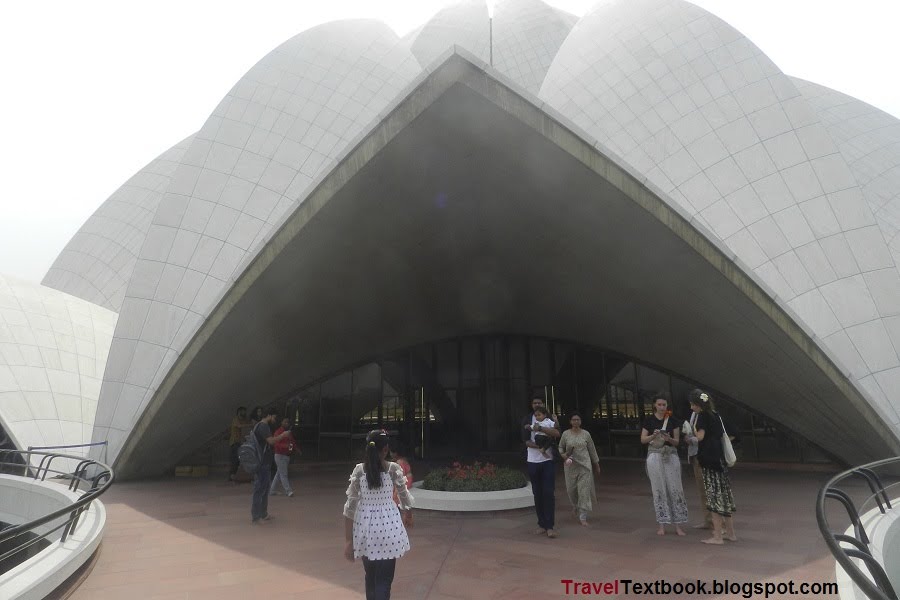
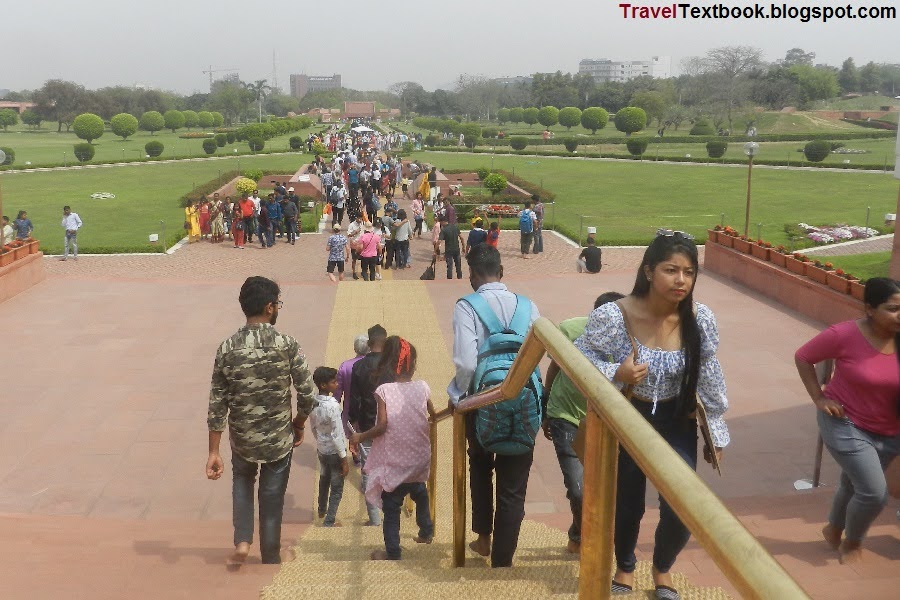



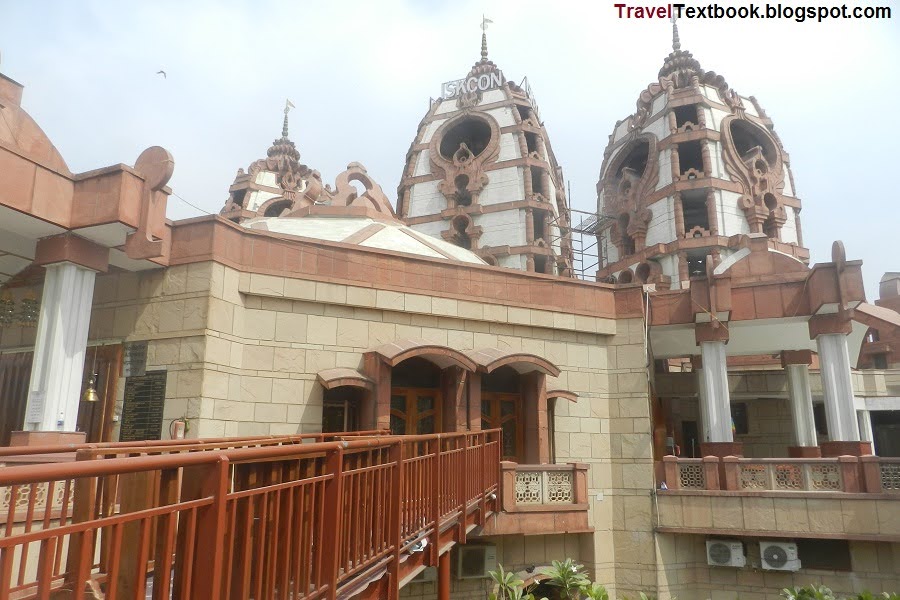
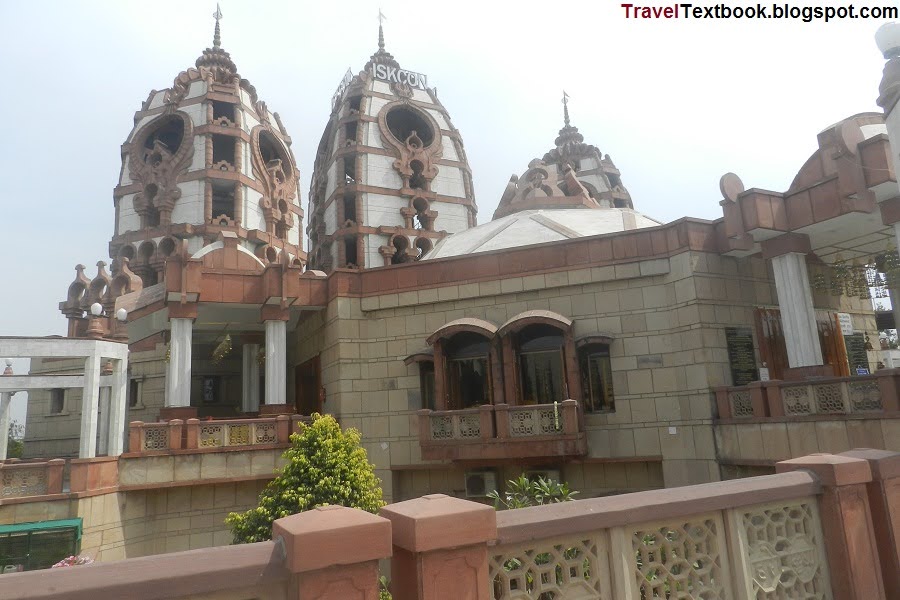
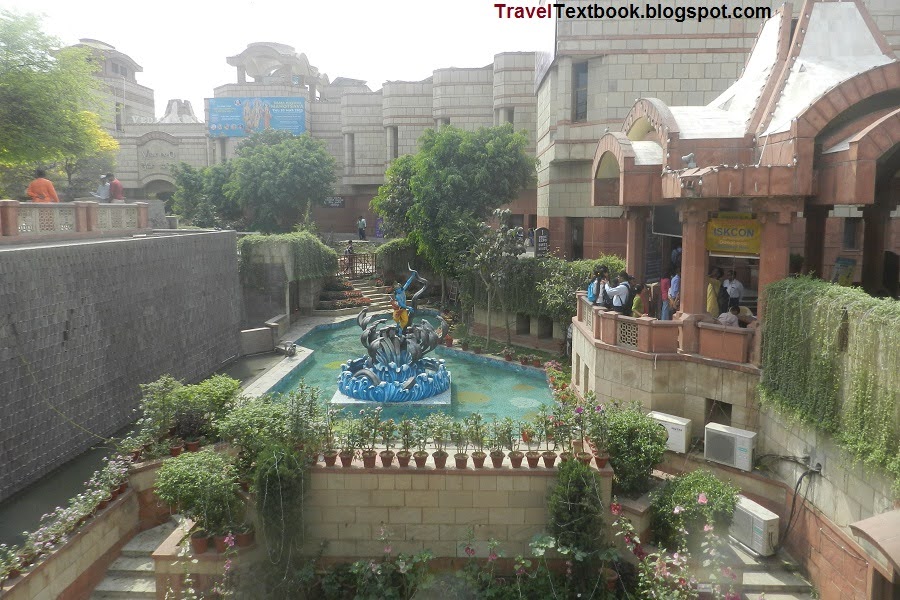
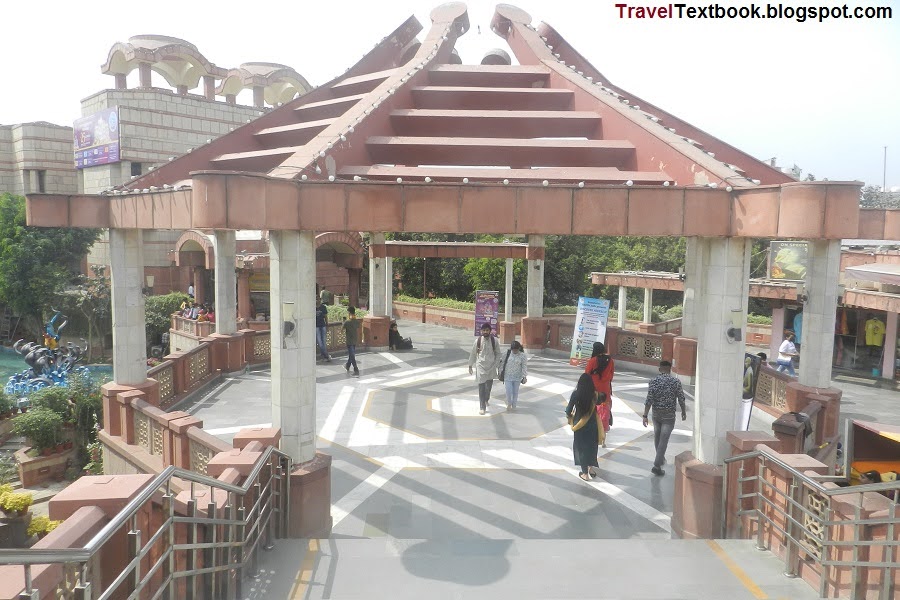


No comments:
Post a Comment